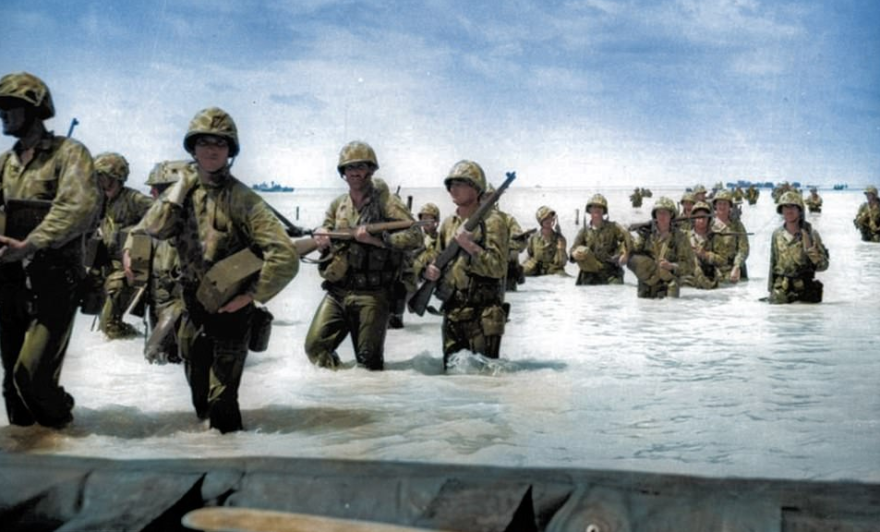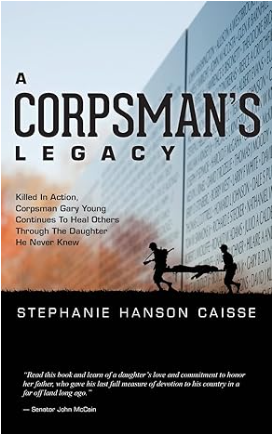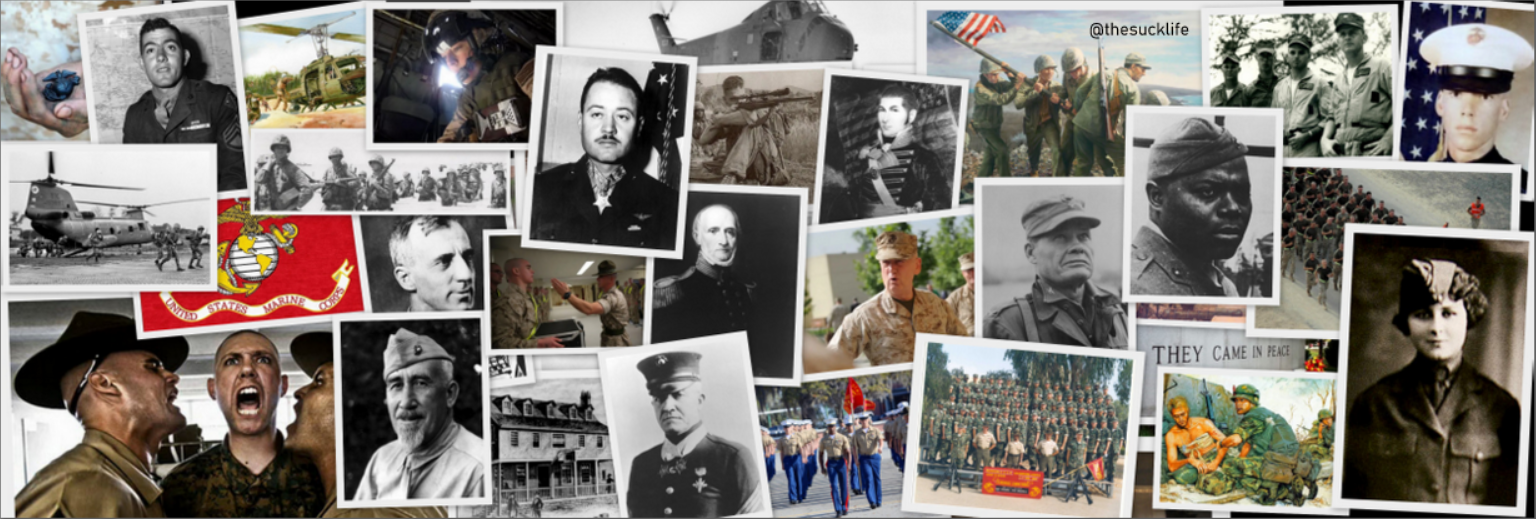In the annals of Marine Corps history, few battles exemplify the brutal reality of “embracing the suck” quite like the Battle of Tarawa. It wasn’t just a fight for a scrap of land in the Pacific, it was a bloody crucible that tested the limits of human endurance, reshaped the Marine Corps, and left an indelible mark on the legacy of our nation’s fighting force.
Let’s set the stage: November 20, 1943. The war in the Pacific was at a boiling point, and the United States was determined to break through Japan’s island defenses. The tiny island of Betio in the Tarawa Atoll, barely 2 miles long and half a mile wide, became the proving ground. Defended by 4,800 Japanese soldiers fortified in bunkers, trenches, and pillboxes, it was dubbed by its commander, Rear Admiral Keiji Shibazaki, as a position that “a million men cannot take in a hundred years.” The Marines were determined to prove him wrong.
The assault began with a massive naval bombardment, meant to flatten Japanese defenses. But as the first waves of Marines from the 2nd Marine Division approached the island, the reality of the fight sank in. The coral reef surrounding Tarawa turned into a death trap, stranding landing craft hundreds of yards from shore. Marines had to wade through chest-high water under relentless enemy fire. Those who made it to the beach faced an unrelenting wall of bullets, artillery, and grenades.
The opening hours were sheer chaos. Lives were lost in horrific numbers, and progress seemed almost impossible. But if there’s one thing about Marines, it’s that they don’t back down. Small groups began to push inland, clearing bunkers with flamethrowers and grenades in grueling, close-quarters combat. The island’s air was thick with smoke, screams, and the deafening roar of gunfire.
Over three days, the Marines turned the tide. By November 23, Betio was declared secure. But the cost was staggering: over 1,000 Americans dead and more than 2,000 wounded. Virtually the entire Japanese garrison was annihilated, save for a few prisoners. The black sand beaches of Tarawa were soaked with blood, and the reality of the Pacific War hit home for the American public.
Lessons Learned
Tarawa wasn’t just a fight, it was a hard-earned education in the brutal mechanics of amphibious warfare.
Reconnaissance, or the lack of it, proved to be one of the most costly oversights. Misjudging the depth of the coral reef surrounding Betio left landing craft stranded, forcing Marines to slog through open water under fire. This highlighted the necessity of thorough pre-assault reconnaissance, a lesson that would save countless lives in future operations.
The amphibious tractors, or LVTs, showed their limitations, struggling to navigate the reef effectively. This exposed the urgent need for improved landing craft, leading to the development of vehicles capable of tackling such obstacles.
Coordination between naval, air, and ground forces was another glaring issue. Bombardments intended to weaken Japanese defenses were insufficient, leaving many strongholds intact. Future campaigns demanded better synchronization to maximize pre-assault firepower.
Above all, Tarawa was a testament to the adaptability of the Marines. Despite chaos and carnage, their training and discipline allowed them to press forward, clearing bunkers and pillboxes in grueling close-quarters combat. Their ability to improvise in the face of unexpected challenges was a hallmark of their resilience.
The Spirit of Tarawa
The lessons of Tarawa aren’t just technical, they’re human. The battle proved that success often hinges on sheer determination, even in the face of overwhelming odds.
“Tarawa was the first time in this war that the United States faced a well-defended beachhead. What happened there shook the American people to the core.” — Richard B. Frank, Historian.
“Victory is certain because my soldiers and I will die for the Emperor of Japan.” — Rear Admiral Keiji Shibazaki, Japanese Commander, before the battle.
The defiance of the Japanese commander and the resilience of the Marines collided in a ferocious struggle. In the end, the Marines proved that grit, sacrifice, and unyielding resolve could overcome even the most daunting defenses.
Why Tarawa Still Matters
Tarawa wasn’t just a battle for a tiny Pacific island, it was a turning point. The lessons learned shaped the success of future campaigns, such as those in the Marshall Islands and at Iwo Jima. But more than tactics or technology, Tarawa symbolizes the grit and perseverance that define the Marine Corps ethos.
For those of us facing battles of our own, Tarawa reminds us that the hardest fights often teach us the most. Whether wading through chaos in life or facing personal challenges, the lesson is clear: embrace the suck, adapt, and keep moving forward.
At the Battle of Tarawa, four Marines were awarded the Medal of Honor for their exceptional bravery. These men were:
First Lieutenant Alexander “Sandy” Bonnyman Jr., who led a group of Marines in a critical assault on a Japanese blockhouse and sacrificed his life in the process. His courageous actions paved the way for other Marines to advance through the island’s defenses
Staff Sergeant William James Bordelon, who was recognized for his heroic actions during the battle despite being severely wounded
First Lieutenant William Deane Hawkins, who fought valiantly to hold positions against the Japanese despite overwhelming odds
Colonel David Monroe Shoup, who survived the battle but was wounded while leading his men with extraordinary leadership
These awards reflected the extreme sacrifices and gallantry displayed during one of the fiercest battles of World War II. While many more Marines undoubtedly displayed similar acts of bravery, these four were officially recognized for their valor.
Semper Fi.

 Our legacy lives through the stories we tell. The Suck Life wants yours! Make Chesty proud!
Our legacy lives through the stories we tell. The Suck Life wants yours! Make Chesty proud!







